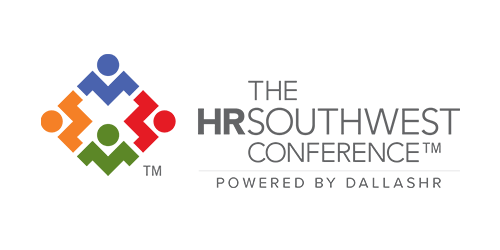
Being Truly Diverse in Your Diversity and Inclusion
It’s 2019—almost 2020—and, because you’re in HR, we’re confident you already know how important diversity and inclusion is to your organization. Those businesses and institutions that attract diverse talent and promote inclusion reap real benefits, from stronger marketing performance with a diverse customer base to higher profitability (according to McKinsey, in addition to other sources).
Defining diversity and inclusion
Yet, diversity alone doesn’t work. To reap the benefits of a diverse set of skills, experiences, perspectives, and ideas, your organization needs inclusion. In explaining the distinction, diversity advocate Vernā Myers has noted, “Diversity is being invited to the party. Inclusion is being asked to dance.”
What that means for your organization is twofold: ensuring that you’re considering diversity in all its forms, and that you’re ensuring that those you’ve invited also have everything they need—and every opportunity possible—to succeed. That means embracing:
- Cultural, racial, and ethnic diversity
- Gender diversity
- Age diversity
- Diversity in sexual orientation
- Diversity of industry experience and education
- Religious diversity
- Cognitive diversity
- Able diversity
Cognitive diversity

Cognitively diverse workers think differently. They may have unique abilities and perspectives, and as long as you have a shared foundation of knowledge on the topic, function, or industry, their perspectives can benefit the entire organization. In fact, a recent article in Psychology Today urged leaders to encourage cognitive diversity in the workplace by valuing the opinions of those counter to the rest of the group—which can help guard against lock-step decision-making. And research published in the Harvard Business Review found that cognitively diverse teams solve problems faster.
Able diversity
Able diversity is about including talent with a wide range of physical abilities. With skills shortages in crucial areas of today’s job market, considering potential hires from traditionally underrepresented talent pools—like those who have taken career breaks, or those with physical challenges—can ensure you’re considering the best possible people to join your team.
Inclusion
Because diversity doesn’t stick without inclusion, it’s crucial to consider how to optimally support cognitively and able diverse additions to your team. Disabled employees may have a difficult time navigating certain workplace environments, for instance, because accommodations as simple as wheelchair ramps are unavailable, or an elevator bank is up a small flight of stairs. In another example, some companies create “quiet rooms,” intended to be used by employees when they start to feel anxious.
When welcoming cognitive and able diversity to your organization, it’s important to ensure a fair, comfortable, and safe work environment. Doing so creates a more positive work environment for everyone.
Since 1939, DallasHR has served Dallas-area HR professionals, helping them advance their careers and build their networks through education, events, and support. With more than 2,200 engaged members, DallasHR is the nation’s third-largest affiliate chapter of the Society for Human Resource Management (SHRM). DallasHR powers The HRSouthwest Conference, the official State of Text SHRM Conference and—with 2,300 annual attendees, speakers, and exhibitors— one of the largest regional human resources events in the US.





